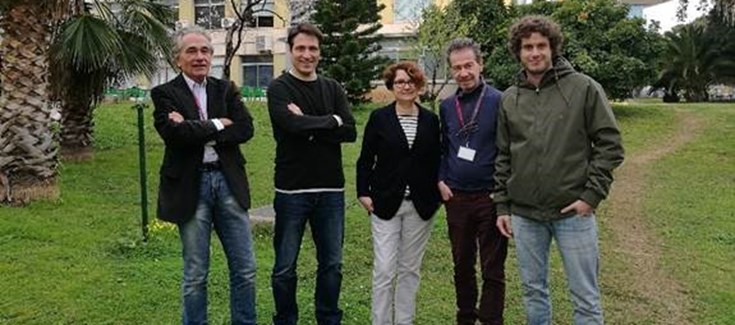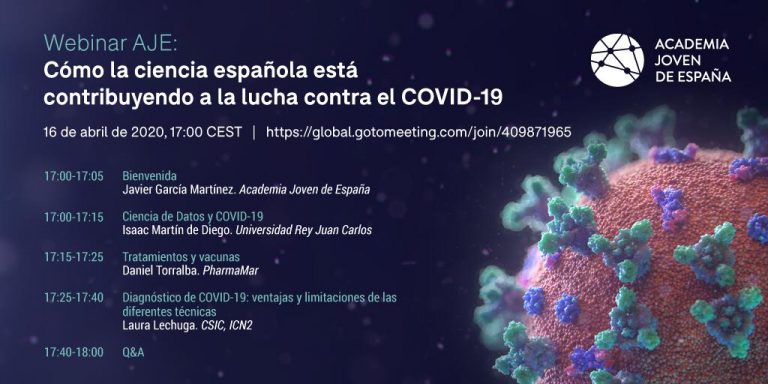A new strategy to synthesize Chol-PEG “on demand”
Researchers of NANBIOSIS U3 Synthesis of Peptides Unit of CIBER-BBN at IQAC-CSIC, led by Miriam Royo, have published an article in the scientific journal ACS Omega that develops a method for the production of cholesterol conjugates to peptide ligands through polyethylene glycol (ND-PEG) not dispersed through a non-hydrolyzable bond.
The developed methodology allows to generate stable, highly pure and well defined Chol-PEG compounds, linked to different lengths of PEG from 4 to 20 units of ethylene oxide through an ether bond. These Chol-PEG compounds were conjugated with different peptides, such as cyclic peptide (RGDfK), gluturation and a Tf1R peptide ligand, preserving the oligomeric purity of the precursors, as demonstrated by analysis by HRMS and NMR. This method allows the systematic synthesis of stable, high-purity Chol-PEGs, bypassing the use of activation groups at each elongation step and thus reducing the number of synthesis steps.
The use of Chol-PEG conjugates has increased in recent years as a component of nanoformulations for applications such as drug administration or imaging systems, due to the ability of Chol to insert into artificial and cell membranes. This ability facilitates the stability of nanovesicles, such as liposomes or others, and entry into cells.
The synthesis of the peptides used in this work was carried out in Unit 3 of NANBIOSIS – ICTS Peptide Synthesis Unit and was developed within the framework of the HORIZON 2020 Smart4Fabry project.
Article of referrence:
Synthesis of Stable Cholesteryl–Polyethylene Glycol–Peptide Conjugates with Non-Disperse Polyethylene Glycol Lengths. Edgar Cristóbal-Lecina, Daniel Pulido, Pau Martin-Malpartida, Maria J. Macias, Fernando Albericio, and Miriam Royo. ACS Omega 2020 5 (10), 5508-5519 https://doi.org/10.1021/acsomega.0c00130












